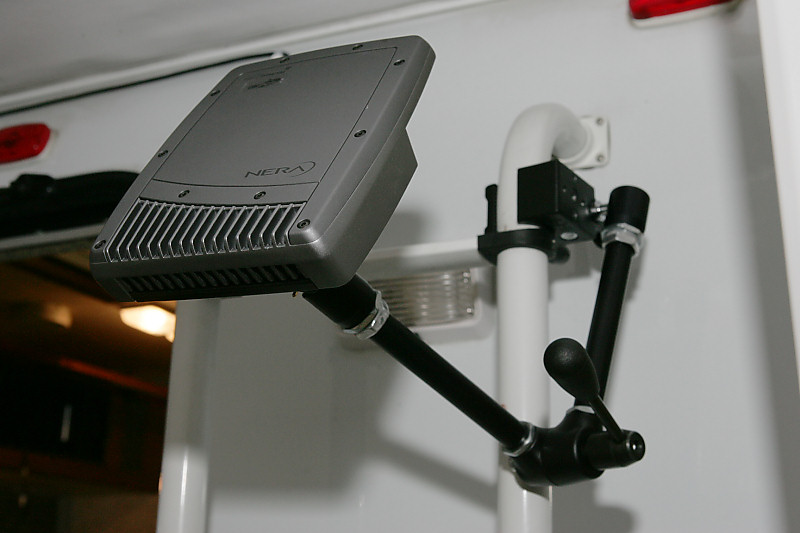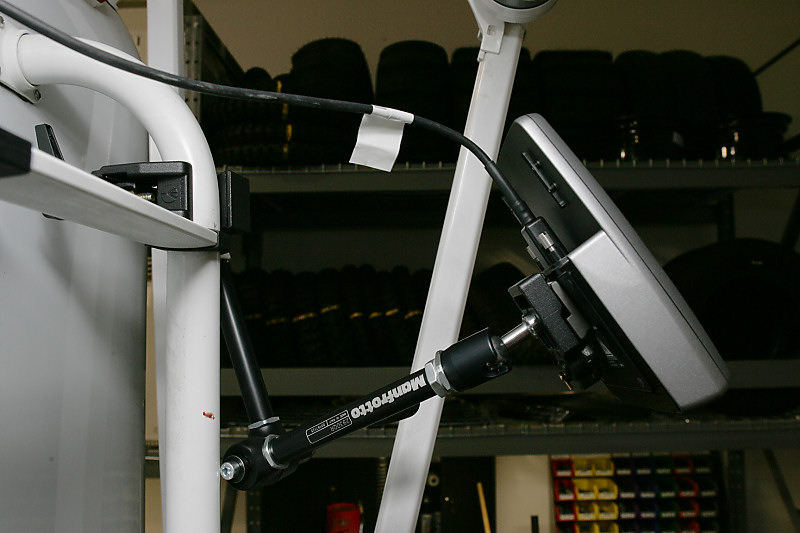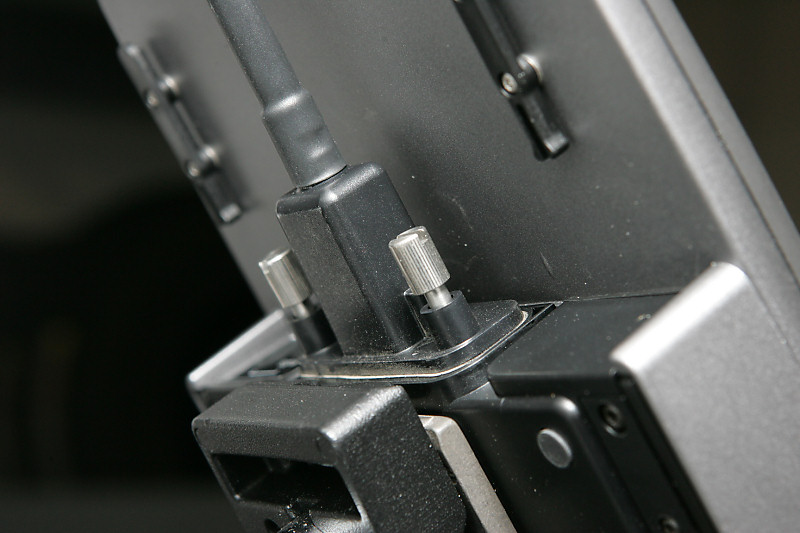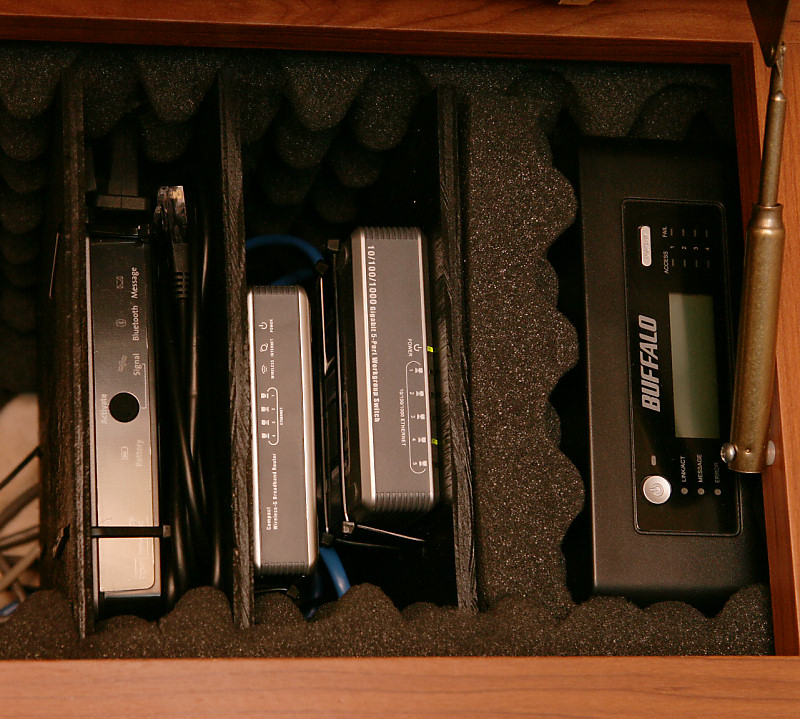Brian894x4
Explorer
I don't know if my set up relates, considering the far more high tech stuff on here, but I have a Verizon wireless card that I use on my laptop and as far as remoteness, what I've found is that in the major cities, I get broadband access, but anywhere else that I get a "digital" cell signal, I can at least get around dial up speeds. I've been way up, deep in the mountains where I barely got a cell signal and in fact was in and out, but I had internet access.
I pay about $60/month for this service, plus the cost of the card. For serious expedition travel I don't know how it would work, but I like for my local travels.
Just my 2 cents.
I pay about $60/month for this service, plus the cost of the card. For serious expedition travel I don't know how it would work, but I like for my local travels.
Just my 2 cents.




